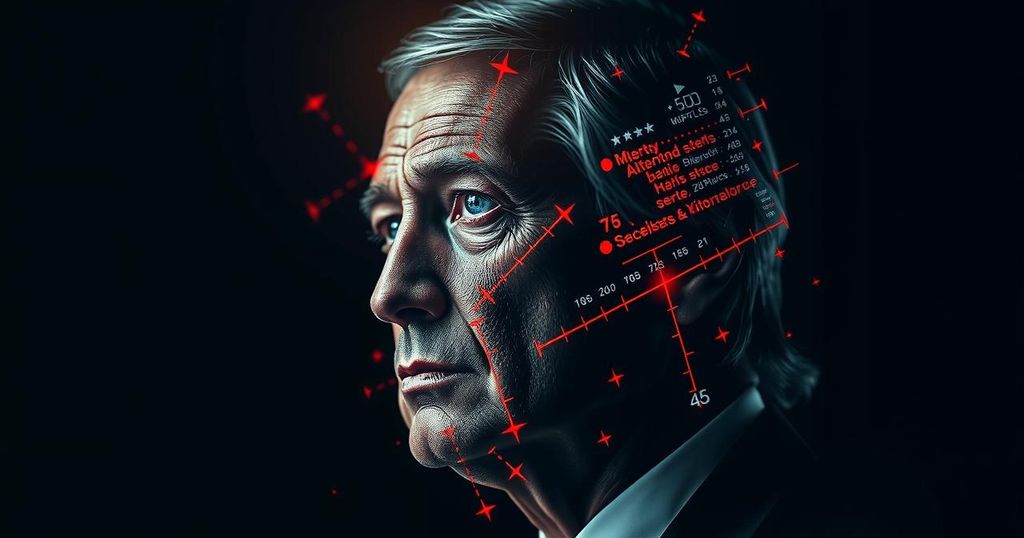Understanding the Threat of Deepfakes: Lessons from the U.S. Election for Australia

The article highlights the dangers posed by disinformation and deepfake technology in political campaigns, emphasizing recent U.S. election instances where AI-generated content misled the public. As Australia prepares for elections, the need for awareness and action against the potential impact of such technologies is critical. With citizens struggling to identify deepfakes, this poses a significant threat to democratic integrity.
As the United States reflects on the recent presidential election, the role of artificial intelligence (AI) in generating disinformation is noteworthy. Numerous manipulated videos and images circulated, notably by supporters of Donald Trump, to misrepresent his opponent, Kamala Harris. Deepfake technology poses a significant threat, particularly as it allows for the creation of realistic yet entirely fabricated scenarios that misinform the public. Microsoft has indicated that Russian operatives continue to produce AI-enhanced deepfake content targeting figures such as Harris.
The danger of deepfakes lies not only in their deceptive nature but also in the public’s difficulty in discerning authentic media from manipulated content. Research indicates that individuals can accurately identify deepfake facial images only half of the time, with an even lower success rate for videos. As Australia prepares for its own elections, it faces the potential influence of these technologies on voters’ perceptions of candidates and policies. There is a pressing need for proactive measures to guard against this threat of AI-generated disinformation.
In Australia, concerns about the implications of deepfake technology have already been raised by notable politicians and experts alike. Clare O’Neil highlighted how such technologies undermine democratic principles. Senator David Pocock has illustrated the risks by creating deepfake videos of prominent political figures. Additionally, cases of impersonation scams involving deepfakes are on the rise, demonstrating the technology’s malicious potential. The spread of seemingly humorous deepfakes, such as the video featuring Queensland Premier Steven Miles, underscores the urgency of addressing this issue before it escalates.
The manipulation of perception through deepfakes can lead to diminished trust in media and uncertainty within the electorate. Furthermore, microtargeting—tailoring disinformation to exploit individual vulnerabilities—intensifies the threat, creating a climate ripe for extreme political manipulation. Age and social media usage play crucial roles in susceptibility to these fakes, with older adults exhibiting diminished detection accuracy as opposed to their younger counterparts.
In conclusion, the emergence of deepfake technology poses a profound challenge to the integrity of democratic elections. It is imperative that Australia learns from the American experience to safeguard its electoral processes from the potential chaos that disinformation can spawn. Public awareness and education on identifying deepfakes may be the most effective strategy in mitigating their impact and fostering a well-informed electorate.
The article discusses the rising concerns regarding the use of deepfake technology and disinformation in political campaigns, particularly following the recent U.S. presidential election. It highlights specific incidents of deepfake videos targeting political figures and the widespread challenge of identifying manipulated media, emphasizing the potential implications for upcoming elections in Australia. The context of this issue underscores the need for increased public awareness and protective measures against such deceptive practices that threaten democratic integrity.
In summary, without intervention, Australia risks falling victim to the same deceptive practices witnessed in the U.S. elections. The challenges presented by deepfake technology not only compromise the truth but also may erode public trust in democratic institutions. It is essential to prioritize public education and technological safeguards to prepare for the possibilities of disinformation influencing electoral outcomes.
Original Source: theconversation.com






